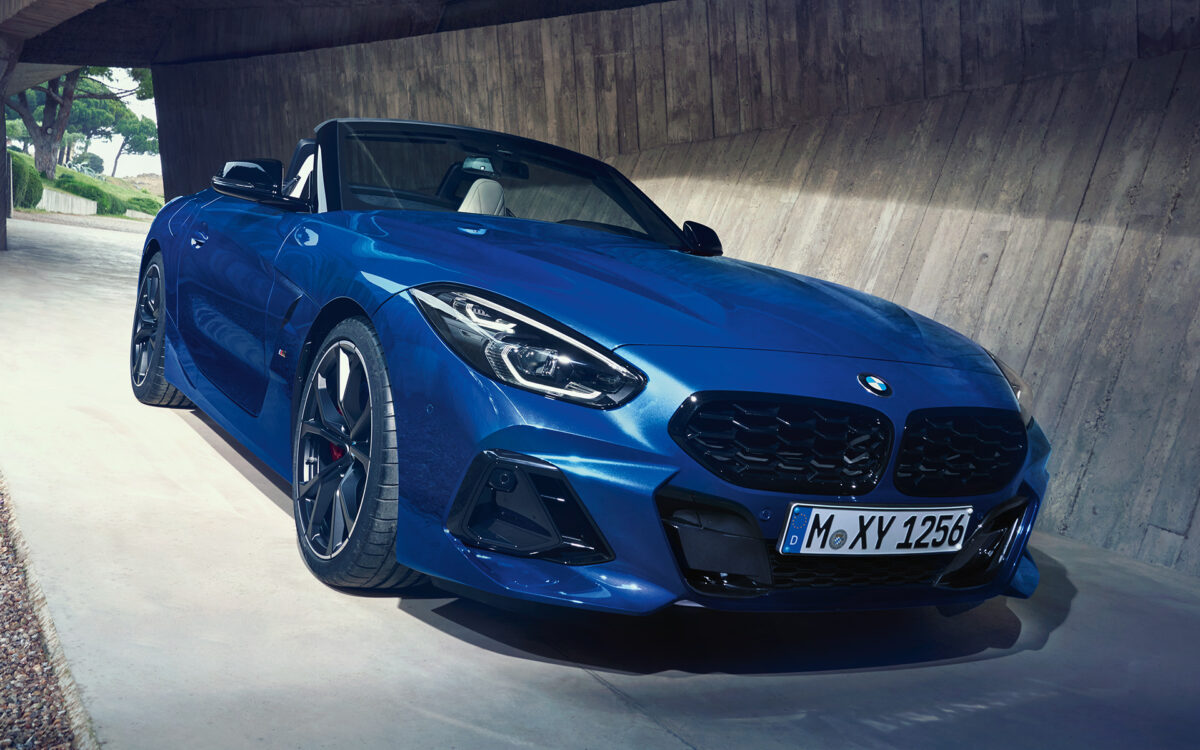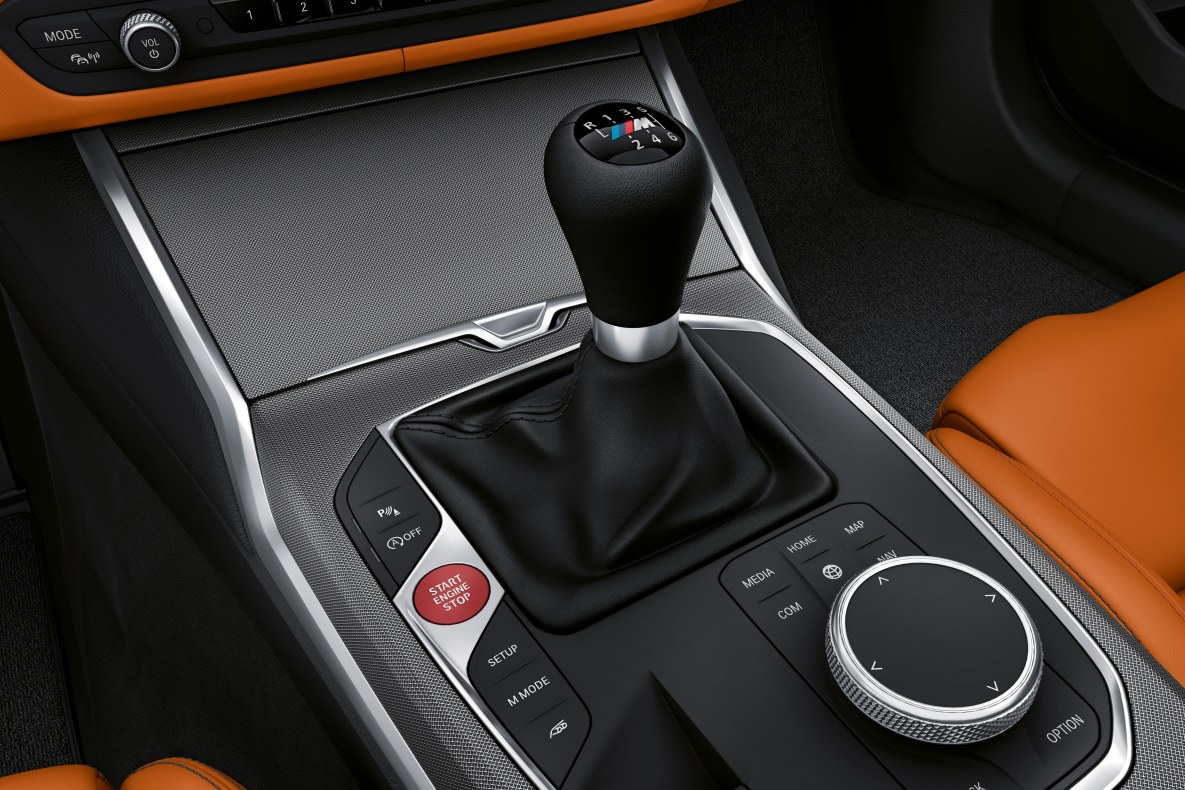It’s a shame, really, because the G29 is a fantastic car. Light, good-looking, fast and torquey with 50:50 weight distribution and little nonsense, it’s quite a ‘pure’ BMW, despite the fact that most of its customers tend to be cashed-up hairdressers.
One of the things that has perhaps held it back from being appreciated by more hardcore motoring enthusiasts has been its lack of a manual transmission. The 8-speed ZF auto in the G29 Z4 is not a bad transmission by any means, but there’s just something particularly special about driving a small, zippy convertible with a manual box. It’s a time-honoured formula.

Thankfully, BMW has realised this and has revealed that later this year, the top-of-the-line Z4 M40i will get a six-speed manual transmission (as will its Supra sibling – which has also been something that Toyota fanboys have been crying out for).
That six-speed, which will likely be the same unit that’s found in the current-gen M3 and M4, will be connected to a 3.0L turbocharged inline-six good for 250kW (280kW for US-spec vehicles) and 500Nm of torque.
Interestingly, the manual Z4 is being made almost entirely for the US market, due to high demand from US customers, BMW Blog reports. So much for Americans only wanting to drive automatic cars…
It’s not clear how many right-hand drive manual Z4s will be made and therefore whether we’ll get any here in Australia, but seeing as we’re definitely getting right-hand drive manual Supras Down Under, it’s not entirely out of the question.

This manual Z4 marks the end of an era. Last year, BMW confirmed that the forthcoming M2 will be the last M car with a manual transmission, and we doubt BMW will announce any more new manual cars after the Z4.
Also, by 2024, the G29 Z4 will end production, making it the last Z-car in the BMW Z-series which started with the Z1 back in 1989. We’re just glad the Z4’s getting a bit of love before we say goodbye to it forever.
In news that’s highly unlikely to cause a ripple with Australian buyers, Mercedes-Benz head of research and development, Markus Schaefer, confirmed the company will “eliminate manual transmissions”.
The removal of manual transmission from the product mix goes hand in hand with Mercedes-Benz’s commitment to electrification of its vehicle range.
At the head of the electrification announcement comes confirmation that the EQ sub-brand will roll out six new models. Further down the range, however, it means current combustion models will expand their introduction of plug-in hybrid, closed-loop hybrid, and mild-hybrid electric assistance.
While manuals and hybrids aren’t impossible to integrate, add in Mercedes’ future focus on autonomous vehicles and its not hard to see why the manual is on borrowed time.
In an effort to reduce corporate overheads, Mercedes-Benz will consolidate its range of platforms, and reduce its range of combustion engines. Those changes will be more comprehensively explained down the track.
The full extent of Schaefer’s comments focuses on reducing product complexity as a way to trim costs, as reported by UK publication, Autocar.
“Complexity adds costs. We’re going to reduce future products, reduce platforms substantially, combustion engines will be very dramatically reduced and we will eliminate the manual transmission.” Schaefer said.
“We’re going to a more modular strategy, and we will reduce the number of options significantly.”

Within its current range, Mercedes-Benz Cars still offers a six-speed manual in base variants of the C-Class, B-Class, A-Class and CLA in international markets, but hasn’t extended the option to cars like the GLA and GLB SUVs.
Larger models have been auto-only for some time, with the E-Class the last to drop its manual option overseas in 2018.
Locally the entire Mercedes-Benz passenger range is auto-only, with the final generation of SLK/SLC roadster the last to offer the option.
While manuals have survived at brands like Porsche and BMW for enthusiast models, Mercedes-Benz hasn’t followed suit, and has kept its high-performance AMG range auto-only.
The impact on commercial vehicles is, for now, less clear.
While the van division shares key components like engines and transmissions with the passenger car range, the popularity of manuals for vans in the European market could see them granted a temporary stay of execution.
Locally a spokesperson for Mercedes-Benz commercial vehicles suggested the take rate on automatics was around 90 per cent. The current commercial vehicle range, Vito, Sprinter and X-Class all offer a choice of manual or automatic transmission, depending on specification.




